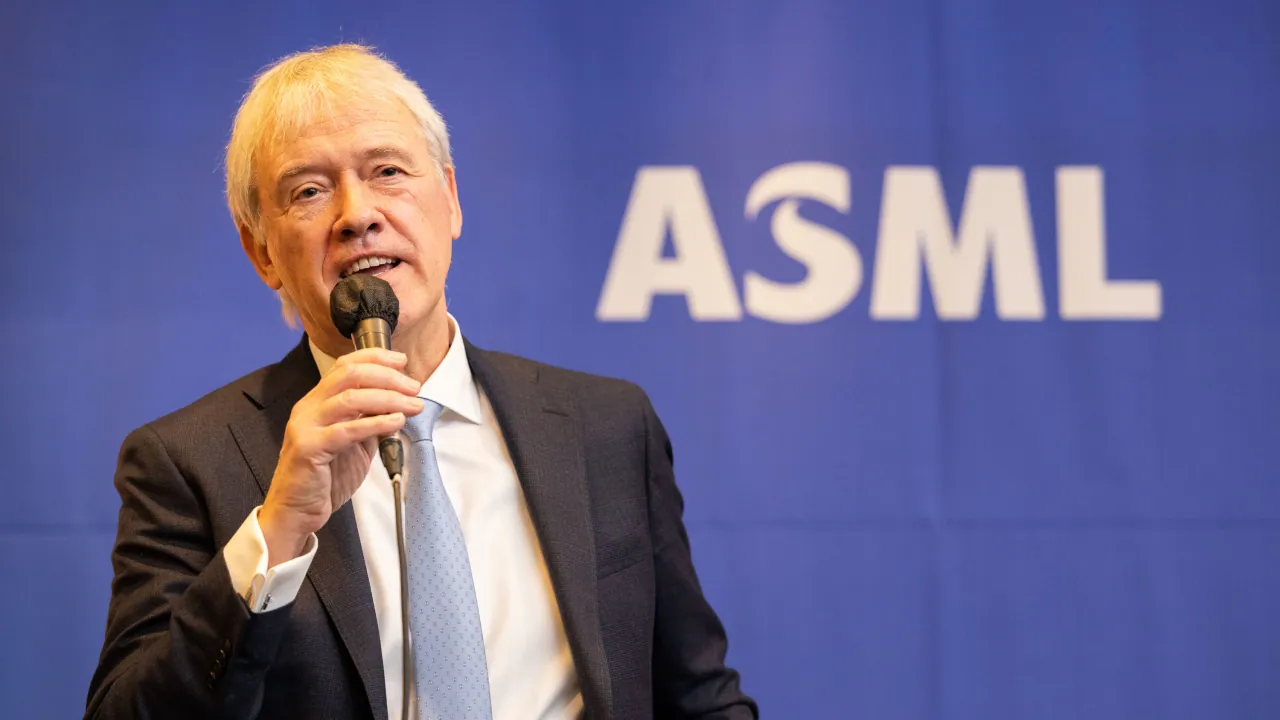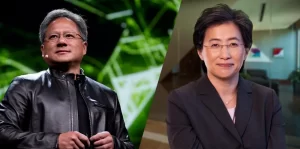The semiconductor industry is facing growing geopolitical challenges as the United States tightens export controls on chip-making equipment bound for China. This shift is impacting ASML, the world’s leading chip-making equipment producer, particularly with regards to its deep ultraviolet (DUV) lithography equipment. The aim of these restrictions is to curb China’s access to advanced semiconductor manufacturing technologies and expedite its drive towards self-reliance in chip production.
US Export Control Implications
Under the new US export rule, ASML’s NXT:1980Di DUV lithography equipment will face restrictions when Chinese buyers intend to use it for producing high-end semiconductors rather than mid-end ones. ASML’s CEO, Peter Wennink, stated that this rule would impact only a few Chinese foundries, allowing most other Chinese chip manufacturers to buy the DUV tool without restrictions. This distinction is significant, as it allows ASML to continue supplying equipment for mid-range semiconductor manufacturing.
Read More: How Biden Intends to Prevent China from Obtaining Banned Chips?
Dutch Export Licensing Rules
The Netherlands government imposed its own export rule after reports emerged that China’s Semiconductor Manufacturing International Corp (SMIC) had used ASML’s DUV lithography equipment, along with its N+2 processing technology, to create 7nm chips for Huawei.
Huawei’s Mate60 Pro phone featured these chips, known as Kirin 9000s. While this export rule covers ASML’s NXT:1980Di, it focuses on preventing the production of high-end semiconductors by Chinese entities.
Read More: How Huawei Could be a Winner in US Ban of Nvidia GPUs?
ASML’s NXT:1980Di Features
The NXT:1980Di lithography equipment was originally designed for 38nm chip production. However, it possesses the capability to produce 14nm and 28nm chips through multiple exposures, achieving a yield of more than 90%. ASML refers to it as “a high-productivity, dual-stage immersion lithography tool” on their website, highlighting its versatility and productivity in semiconductor manufacturing.
The imposition of new restrictions by the United States on Chinese chip makers had an immediate market impact.
ASML’s Nasdaq-listed shares experienced a 4.17% decline on October 18, reflecting the uncertainties and challenges the company faces due to these regulatory changes.
This reaction underscores the significance of ASML’s role in the global semiconductor supply chain.
Read More: Why SMIC Revenue from US Companies Increased Despite Ban?
ASML Sales to China and Future Outlook
Despite the US export controls, Peter Wennink anticipates continued strong demand from Chinese chip makers. However, he acknowledges that these restrictions will likely result in a 10-15% decrease in ASML’s sales to China.
It’s important to note that, in the third quarter, shipments to China accounted for 46% of ASML’s total sales, highlighting the strategic importance of the Chinese market for the company.
“I don’t think we will see a peak this year, I think there will be a significant amount of demand coming out of China for mature technology,”
~ ASML Chief Executive Peter Wennick
AS stated by ASML CEO Peter Wennink during a recent call, the NXT:1980Di equipment would, in principle, be subject to the latest export control restrictions. However, this would only apply when the equipment is intended for use in advanced semiconductor manufacturing.
It’s worth noting that Chinese chip makers will still have access to essential ASML equipment for the next four months. Peter Wennink also pointed out that the new US restrictions are targeted at only a limited number of Chinese fabs involved in advanced semiconductor manufacturing, thereby excluding the vast majority of ASML’s Chinese customers.
ASML, in response to these regulatory changes, has issued a separate statement indicating its intention to seek further clarification on the new rules from the US government.
Jan-Peter Kleinhans, the Director of Technology and Geopolitics at Stiftung Neue Verantwortung (SNV), a Berlin-based think tank, noted that these measures may have the effect of further constraining ASML’s sales to China.
Read More: China to Challenge ASML with a better technology than EUV
ASML & China Dynamics
Notably, it’s striking that the US government has introduced additional lithography controls a mere four months after the Dutch government implemented its own set of regulations. This timing highlights a divergence in risk assessments between the two governments, as observed by Jan-Peter Kleinhans.
An ASML engineer, who chose to remain anonymous due to the sensitivity of the issue, stated that if the NXT:1980Di machines were banned, it would have a notably greater impact on China-based foundries.
Semiconductor Manufacturing International Corp (SMIC) remains a key player, as it is the sole Chinese foundry with the capability to produce chips on advanced nodes. SMIC has been cautious in its response to these developments. SMIC’s cautious stance is mainly due to industry analysts’ claims linking the company to the manufacturing of a 7-nanometer-grade system for Huawei’s 5G-capable Mate 60 Pro handset.
It’s important to note that restricting access to advanced chip-making tools has been a central strategy in Washington’s endeavors to curtail China’s domestic semiconductor industry. Prior sanctions have already prohibited China from importing ASML’s extreme ultraviolet (EUV) lithography machines, considered the most advanced in the world, since 2019. These machines are essential for achieving commercially viable chip fabrication below the 7-nanometer threshold.
Conclusion
The evolving landscape of US export controls on semiconductor manufacturing equipment has far-reaching implications, impacting ASML’s sales to China and shaping China’s quest for semiconductor self-sufficiency. As the semiconductor industry continues to navigate these geopolitical challenges, it is clear that ASML’s position in the market and its ability to adapt to changing regulations will play a critical role in the global technology landscape.




